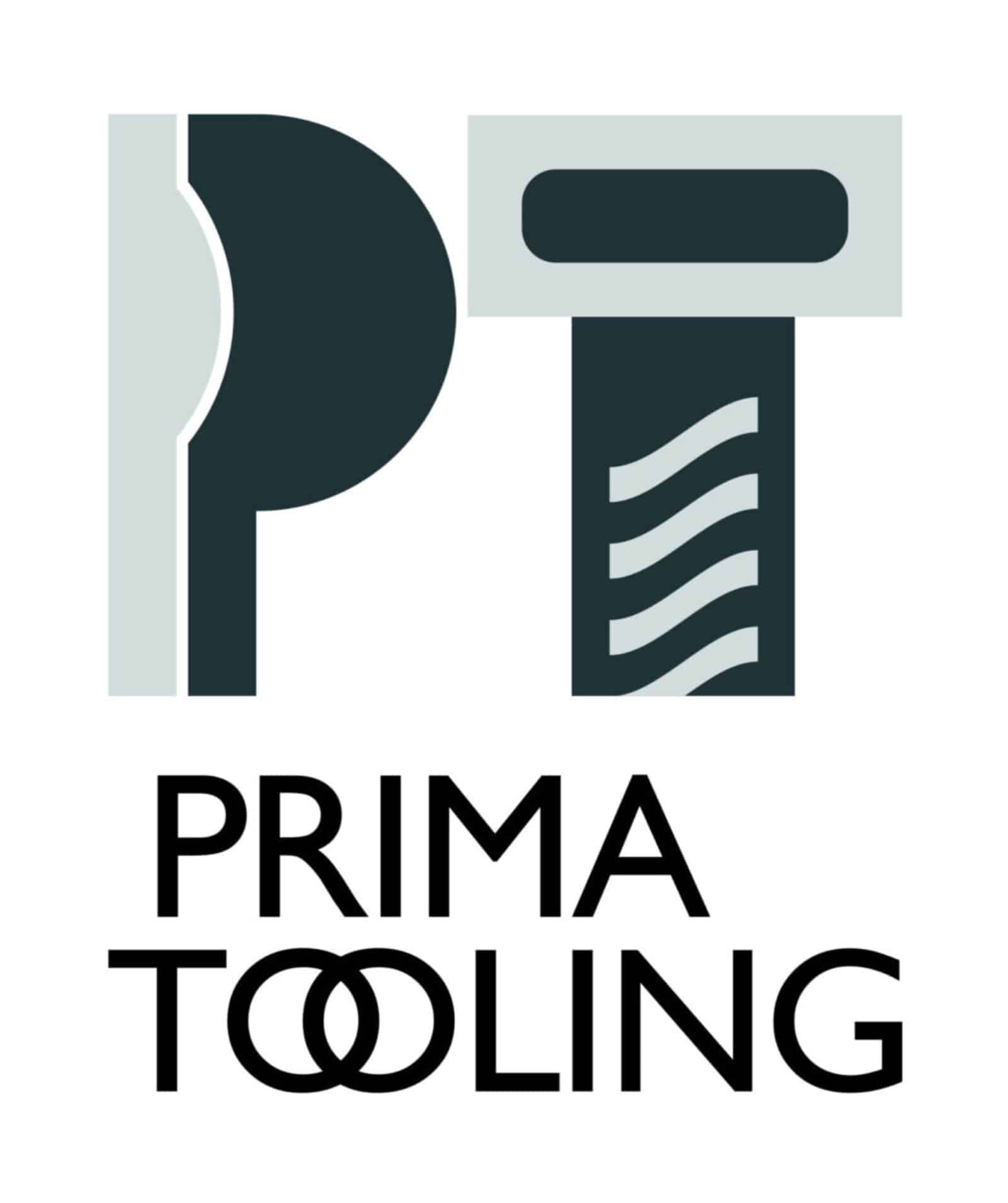Working with CNC cutting tools can be exciting but also comes with risks. These tools are powerful and precise, making them very useful for many tasks. However, improper use can lead to accidents. It’s important to understand the dangers and take steps to keep yourself safe.
Safety should always be the top priority when using CNC cutting tools. Knowing the risks involved helps you be more mindful of your actions. Taking the right precautions not only protects you but also ensures smooth and efficient operation of the tools.
This guide aims to help you understand the basics of CNC cutting tool safety. It will cover the importance of using safety gear, following safe practices while operating the machines, and what to do in case of an accident. By keeping these tips in mind, you can enjoy a safer and more productive working environment.
Understanding CNC Cutting Tools Safety
CNC cutting tools are powerful and efficient, but they come with risks. It’s important to recognise the potential dangers to keep yourself safe. One major risk is the possibility of getting cut by the sharp edges of the tools. Even when the machine is off, the blades remain dangerous. Additionally, small wood or metal debris can fly off during cutting, posing a risk to your eyes and skin.
Another hazard is the noise generated by CNC machines, which can damage your hearing over time. In some cases, improper use can cause the machine to malfunction, leading to accidents. Electrical shocks are also a risk if the equipment is not properly grounded.
To mitigate these risks, it’s essential to follow safety measures. Always be aware of your surroundings and make sure that your work area is clean and organised. Use guards and shields to protect yourself from debris. Ensuring the machine is properly maintained can prevent malfunctions and reduce the risk of accidents.
Personal Protective Equipment for CNC Cutting
Wearing the right personal protective equipment (PPE) is crucial for staying safe while using CNC cutting tools. Here are some essential PPE items you should consider:
- Safety Glasses: Protect your eyes from flying debris and dust. Make sure they are rated for impact resistance.
- Hearing Protection: Use earplugs or earmuffs to protect your ears from loud noises. Prolonged exposure to noise can result in hearing loss.
- Gloves: Wear cut-resistant gloves to protect your hands from sharp edges and hot surfaces. However, avoid loose-fitting gloves that can get caught in the machine.
- Dust Masks or Respirators: Protect your lungs from dust and harmful particles. Choose a mask that fits well and offers adequate filtration.
Proper use and maintenance of PPE are vital. Always check your PPE for any damages before use. Replace any damaged equipment immediately. Make sure to clean your PPE regularly according to the manufacturer’s guidelines. Properly stored, clean equipment will last longer and provide better protection.
By using the right PPE and maintaining it well, you can significantly reduce the risks associated with using CNC cutting tools. This practice ensures a safer working environment and helps prevent accidents.
Safe Operating Practices for CNC Machines
Following safe operating practices is crucial for avoiding accidents when using CNC machines. Start with pre-operation checks to ensure the machine is in good working condition. Inspect the machine for any signs of wear or damage. Check all the safety features, like guards and emergency stops, to make sure they are functioning properly.
Before you start, confirm that the workpiece is securely fastened. Loose materials can become dangerous projectiles. Make sure all tools and cutters are tightly fitted and not damaged. Always use the right cutting tools for the job to avoid unnecessary stress on the machine and ensure clean cuts.
When operating the CNC machine, always stay focused and alert. Never leave the machine unattended while it’s running. Keep hands and other body parts away from moving parts. If you need to make adjustments, turn off the machine first. Follow the manufacturer’s guidelines for operating speeds and feed rates. Abrupt changes can cause the machine to malfunction and pose a safety risk.
Emergency Procedures and First Aid
Knowing what to do in case of an accident is vital. If something goes wrong, staying calm and acting quickly can prevent further injury. First, power down the CNC machine using the emergency stop button. This immediately halts all operations. Alert others in the area and evacuate if necessary.
For common injuries, like cuts, scrapes, or bruises, follow basic first aid steps. Clean the wound with water and apply an antiseptic to prevent infection. Use sterile bandages to cover the injury. For more serious injuries, such as deep cuts or broken bones, seek medical attention immediately. Keep a well-stocked first aid kit nearby at all times.
Knowing CPR can be life-saving in case someone stops breathing or suffers from shock. Consider taking a basic first aid and CPR course. Regular safety drills and training sessions can also prepare you and your team for emergency situations.
Conclusion
Working with CNC cutting tools requires a strong focus on safety. Understanding the risks and hazards, wearing the proper protective equipment, following safe operating practices, and knowing emergency procedures are all critical to maintaining a safe workspace. These steps ensure not just your safety but also the efficiency and longevity of your tools and machines.
By integrating these safety measures into your daily practices, you can create a more secure and productive work environment. Remember, the aim is to minimise risks and handle any potential accidents effectively.
For high-quality CNC cutting tools and expert advice, visit Prima Tooling. Our range of precision cutting tools will help you achieve the best results safely. Contact Prima Tooling today to ensure your CNC operations are as safe and efficient as possible.
